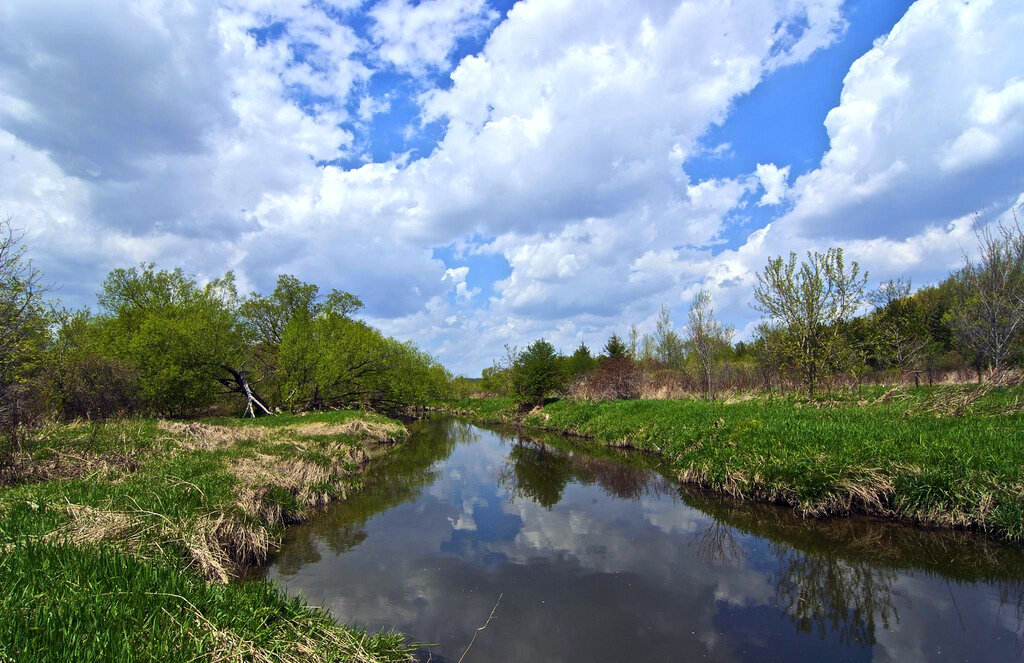
towards an intimacy with place
Looking into the memories of this place we inhabit, we must come to recognize that there are many turbulant stories of this land. Lots of different accounts and histories where different people lived here, hunted here, grew food here. These histories have been mostly erased by colonial whitewashing, but some of these stories still trickle though. Though the story of this land is still being remembered, the more recent histories describe the land we know as Guelph as built on the traditional territories of the Chonnoton/Attawandaron and were included in the Dish with One Spoon covenant. In time, through the “Between the lakes treaty” (Treaty 3) which was redrawn and resigned on December 7th, 1792, this territory is now understood as the treaty territories of the Mississauga’s of the Credit.
Some of these dates and information are formulated through the colonial context, using a colonial research techniques and practices, and as such we are working with a memory skewed by colonial empire building and statecraft which muddles and actively erases of the stories of the land.
With these projects, I hope learn the stories of this land – what stories the trees, the rivers, the nonhuman, and humans have to share. The land beneath our feet has been shaped and molded by humans, both by indigenous peoples who have been stewarding it for millennia, and by settlers who have largely occupied and exploited it within a much shorter time frame. In these ways, the land holds stories of colonization, displacement and resource extraction, as well as stories of resilience, resistance and reverence.
What we call nature connection, naturalist knowledge, or ecological knowing, owes so much of its knowledge to Indigenous peoples, who were criminalized for practicing their culture, connections and ceremonies. It is important to hold these understandings as we learn together about the places we inhabit. As we build relationships with the land and each other, what vision might we co-create for the future of the land and those who live on it? What stories will we write together? How will we work towards a greater intimacy and knowing with the land?
Loose outline of the territory covered in the Between the Lakes Treaty. Note Halidimand Tract (25 October 1784) is contained within it.
Everyone is strongly encouraged to begin, or to continue learning more about the treaties, and varied histories of the land where you live. Please check out these links:
Mississaugas of the Credit First Nation info page on the Between The Lakes Treaty (Treaty 3) and also the full text of Treaty 3
“A video explaining the purpose and importance of place-based Land Acknowledgements created specifically for use at the University of Guelph. It is meant to remind viewers that Land Acknowledgements are not just a symbol of recognition but are a platform where meaningful steps towards reconciliation can be taken.
Creator Ryan Matheson is a graduate student of settler heritage in the School of Environmental Design and Rural Development. The video is in partial fulfillment of his MSc in Rural Planning and Development.”
to know the land is a collection of projects by byron murray (>he/him+)
Growing up along the banks of the Etobicoke Creek in Brampton, Ontario, I began creating radio, zines and music before travelling across the continent beginning to learn about varied landbases. I returned to the Great Lakes region to reside permanently in Guelph, a 13 hour walk from my hometown.
As I developed a deep longing for greater intimacy with the land I lived on, I began working towards getting to know this place. Instead of the academics I could never afford, I sought out mentors, informal teachers and libraries to fuel this desire to understand varied histories and ways of knowing and reading the land. Through endless observation, persistent curiosity and the gracious patience of my teachers, I am slowly learning some of those stories of this place.
I identify as a queer, working class, expansively gendered, white-encultured settler student of the land and all the varied inhabitants there on, and am inspired by decolonial thought and action, ancestral tradition, and the work of many writers and teachers (human and not), many of whom I can now call friends and accomplices, some who I’ve been lucky to get to interview.
“to know the land” is an assemblage of varied projects, seeking to evoke resilience, resistance, and reverence for the land.


